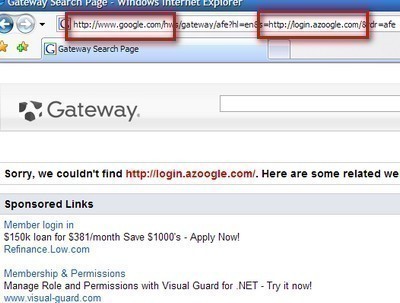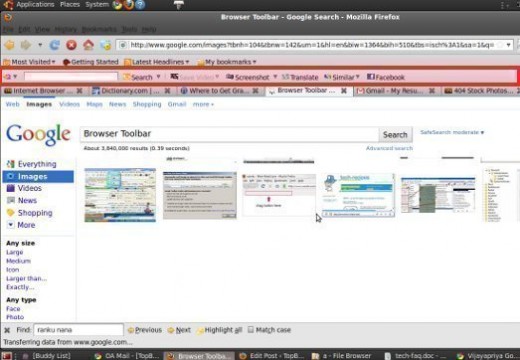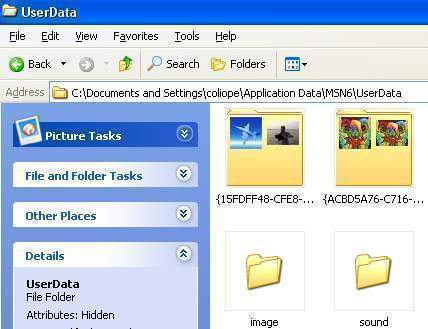What is a URL?
Uniform Resource Locator (URL) forms part of the Uniform Resource Identifier (URI) and serves as a pointer to where resources are located and the procedure to fetch them. In layman terms, URL is termed as a Web Address. Any link to a file or resource within a website can also be termed as a URL. These links can be any web page within the web site, image file, Java applet, form and so on. The actual URL of a website would be in binary form, but it is represented in alphanumerical form to make it easy for humans to remember and to be more explanatory.
A URL is basically an address designed to let computers “talk” to one another quickly. Every address is put together in the same way so that when one machine communicates with another one, it can recognize each part of the address in the same way each time it gets a message. If every message comes in the same form, the receiving machine can anticipate it in that form and act on it more quickly.
Parts of the URL
The first part of a URL defines a Web protocol, such as the Hypertext Transfer Protocol (HTTP). This part of the URL (e.g., http://) allows the machines to talk to one another. The complete URL specifies the name of a server or a path to a Web resource on a server, which a user can access by using browsers like Firefox, Opera, and Internet Explorer.
For the majority of users, HTTP is the only protocol that is used for accessing the Internet, talking to one another, or viewing Web pages. HTTPS can be used for secure transmission, FTP can be used for file transfer, and NNTP for newsgroups. These protocols are simply represented by the appropriate keyword (e.g., ftp) followed by the :// ending in the URL.
The Right-Hand Designator
These designators are meant to identify the type of group that is offering or sending the information. A .com designator is a commercial organization, a .org is a nonprofit group, and a .edu is an educational group. The designator gives an idea of the type of organization that is providing the Web service. Some newly proposed designators include .people (peoples’ names), .museum (museums), .pro (professions), and .aero (aeronautical organizations).
URL format
A URL comprises of a clear path to a resource. It consists of the protocol type used to access the web or file resource, a domain name that recognizes a particular computer on the internet, and a path name indicating the location of a file in the computer. A standard URL looks like the following:
http://www.topbits.com/databases/db.txt
The first part is termed the protocol identifier which in this case is http; (another example would be the usage of the ftp protocol), a distinctive name: www.topbits.com; which includes the host computer name, domain name, domain type, and the path location of the file or web page on the computer which is /databases/db.txt.
Additional protocols include:
- ftp : protocol to download files from a remote location.
- news: protocol to access Usenet newsgroups.
- gopher : protocol to access a gopher server.
Additional domain types include:
- net: signifies networks or network providers
- org: short for organizations.
- edu: for educational institutions such as schools, colleges and universities.
- gov: government departments or entities.




Follow Us!